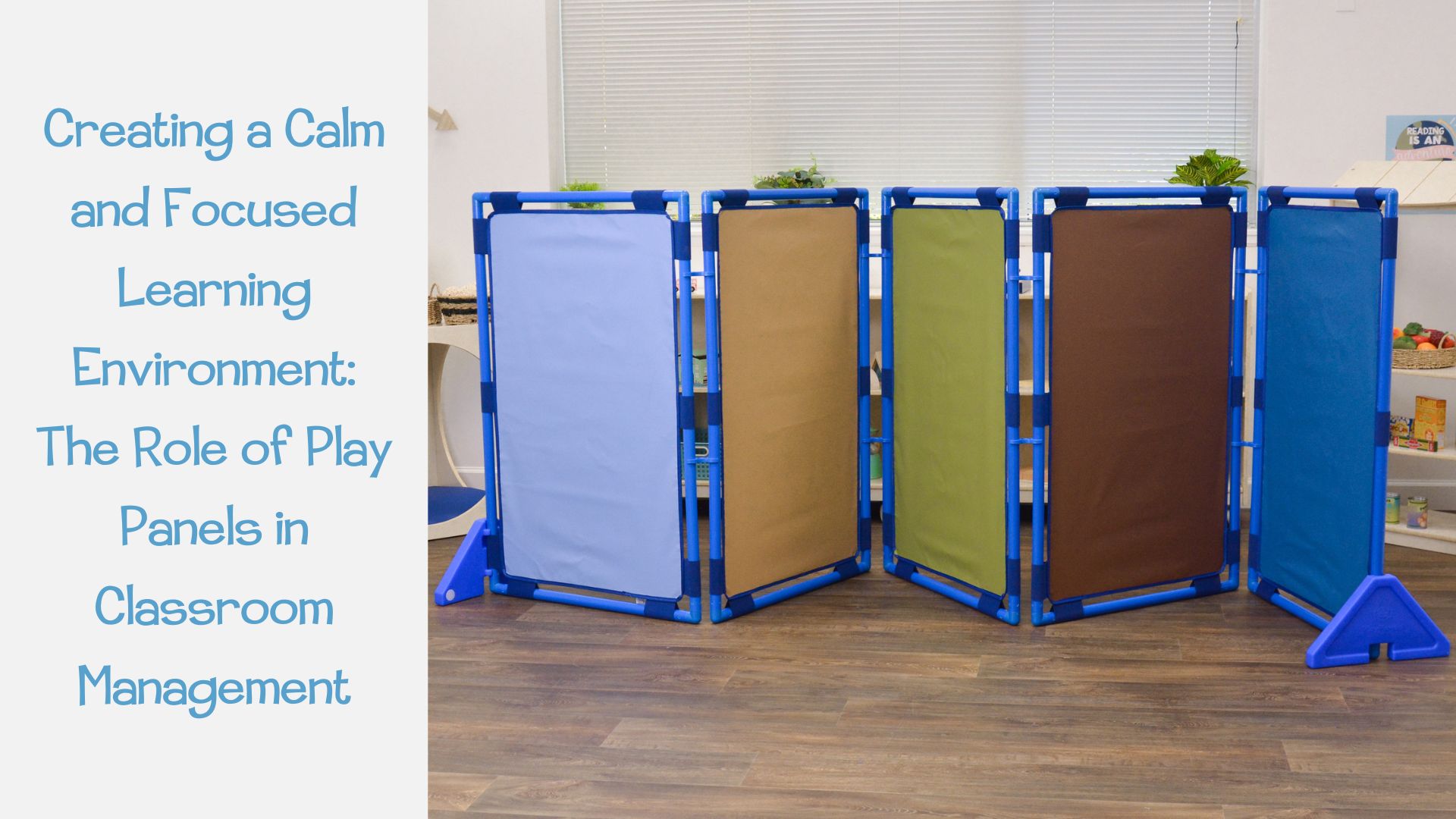
Creating a Calm and Focused Learning Environment: The Role of Play Panels in Classroom Management
In today’s dynamic classrooms, where young children learn, play, and interact, maintaining a calm and focused environment can be challenging. Distractions are everywhere, and managing noise levels while keeping students engaged requires creative solutions. Play panels and room dividers, like those offered by Children’s Factory, provide an effective way to transform chaotic spaces into organized, peaceful, and productive learning environments.
Designated Learning Zones
One of the most effective ways to manage a classroom is by creating designated learning zones. Play panels and room dividers allow teachers to segment the classroom into specific areas for different activities. For instance, a reading corner can be separated from a more active play area, giving students a clear understanding of where certain behaviors are expected. This zoning helps children transition smoothly between activities and reduces the likelihood of distractions.
In a preschool setting, a sensory table zone can be created using play panels, where children engage in tactile activities without disturbing peers working on quiet tasks like puzzles or drawing. These physical boundaries help structure the day and provide visual cues that reinforce routines, aiding in the development of self-regulation skills.
Reducing Distractions
Young children are naturally curious, and the open nature of many classrooms can lead to distractions that disrupt focus and learning. Play panels can be strategically placed to block visual stimuli, such as a busy hallway or an active play area, that might otherwise draw attention away from the task at hand. By controlling what children can see, teachers can minimize distractions and keep students more engaged with their activities.
For example, during a circle time activity, a teacher can use room dividers to close off areas of the room that are not in use, ensuring that the children’s focus remains on the group discussion. This creates a more intimate setting, making it easier for students to listen and participate.
Managing Classroom Noise
Noise can be one of the biggest disruptors of a learning environment, particularly for young children who may find it difficult to concentrate amidst background sounds. Play panels and room dividers not only create physical barriers but also help absorb and reduce noise levels. By strategically placing these tools around the classroom, teachers can create quieter spaces where students can focus better.
For instance, placing room dividers around a group of students working on a collaborative project can help contain their conversation, preventing it from spilling over and distracting others who are engaged in independent work. Additionally, using sound-absorbing panels near high-traffic areas like doors or windows can mitigate the impact of external noise, creating a more serene classroom atmosphere.
Enhancing Classroom Management
Classroom management is more than just keeping order; it’s about creating an environment where learning can thrive. Play panels and room dividers contribute to this by making the classroom more organized and manageable. When children know where to go and what to expect in each area, they are more likely to follow routines and rules, reducing the need for constant teacher intervention.
For example, a teacher might use play panels to create a quiet area for students who need a break from the group. This not only provides a space for children to recharge but also helps manage behaviors that might escalate in a more open, less structured environment. These designated areas can be tailored to meet the unique needs of each class, offering flexibility and adaptability that supports effective classroom management.
Conclusion
Incorporating play panels and room dividers into classroom design is a powerful strategy for creating a calm, focused, and organized learning environment. By establishing designated learning zones, reducing distractions, managing noise, and enhancing overall classroom management, these tools help teachers create spaces where young children can thrive academically, socially, and emotionally. As classrooms continue to evolve, the role of these versatile products in promoting effective learning environments will only become more essential.
www.childrensfactory.com